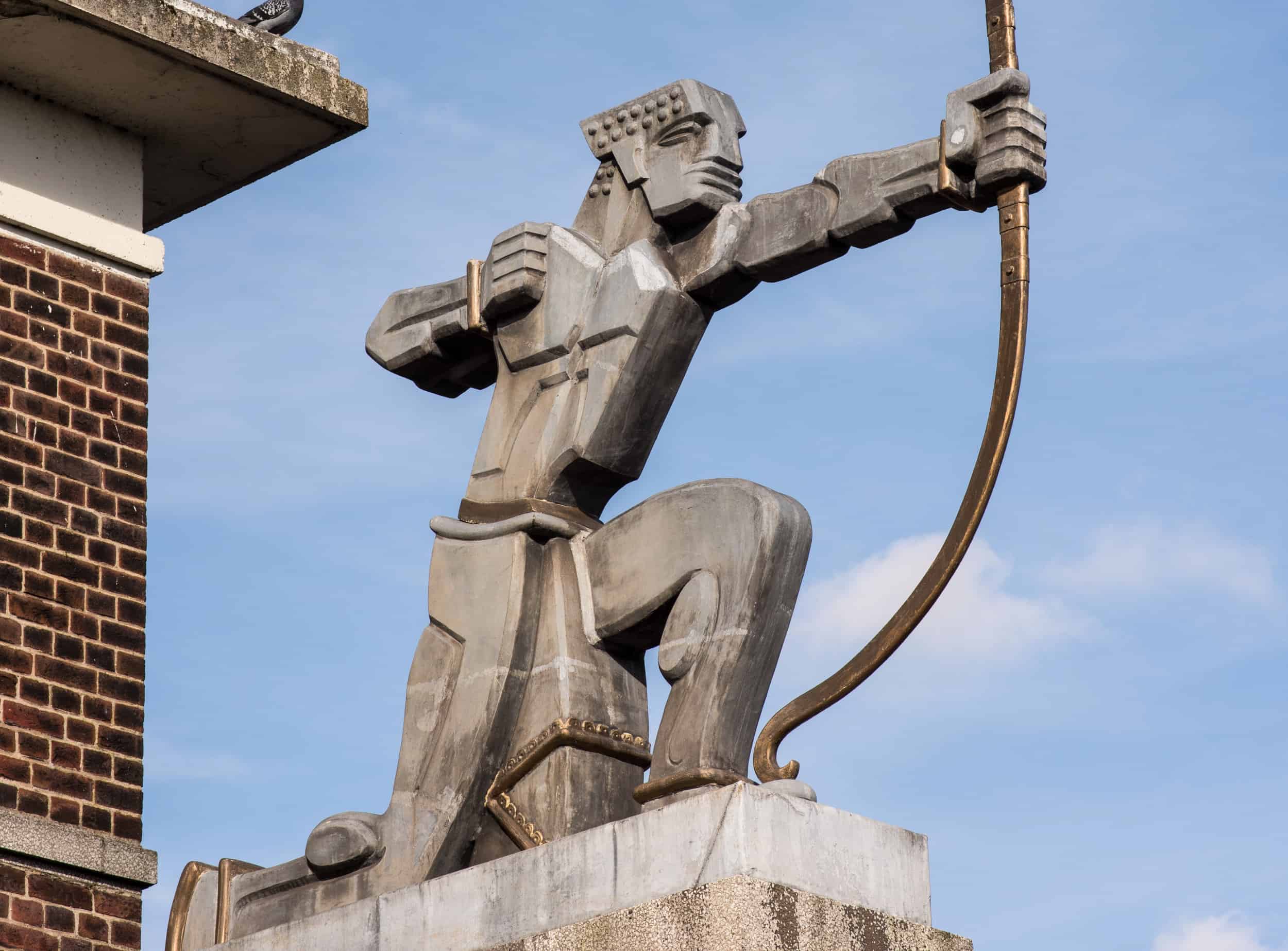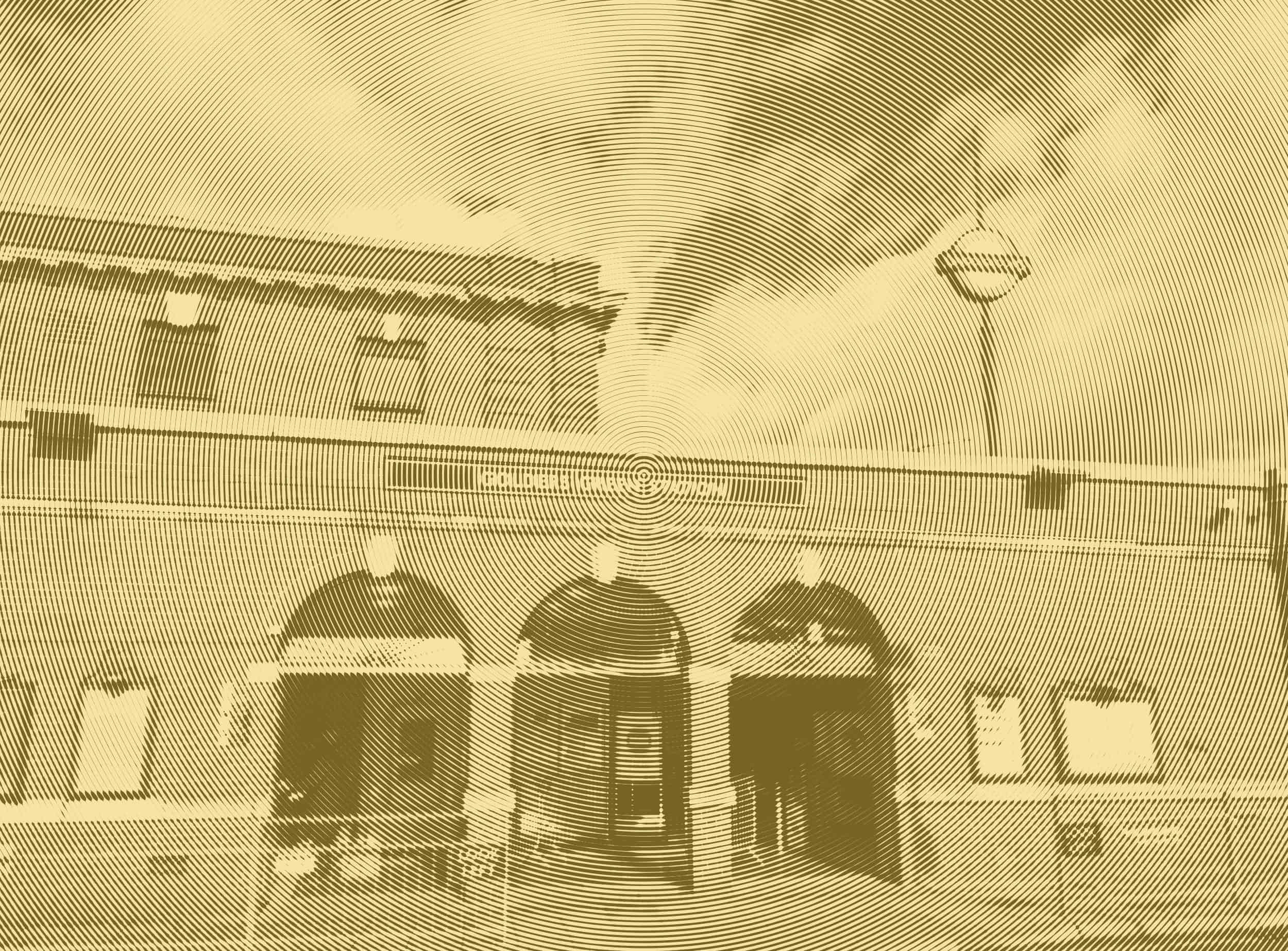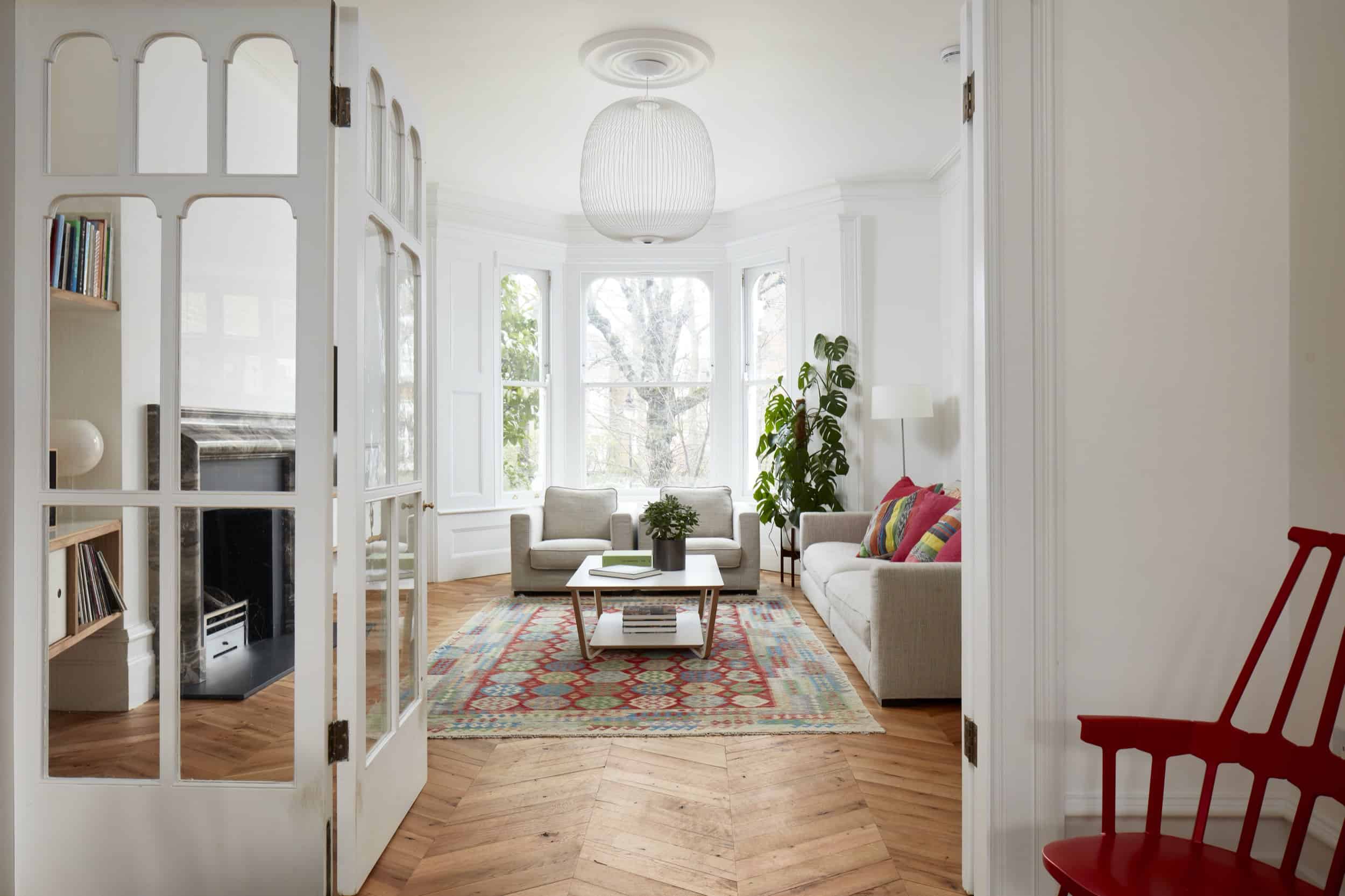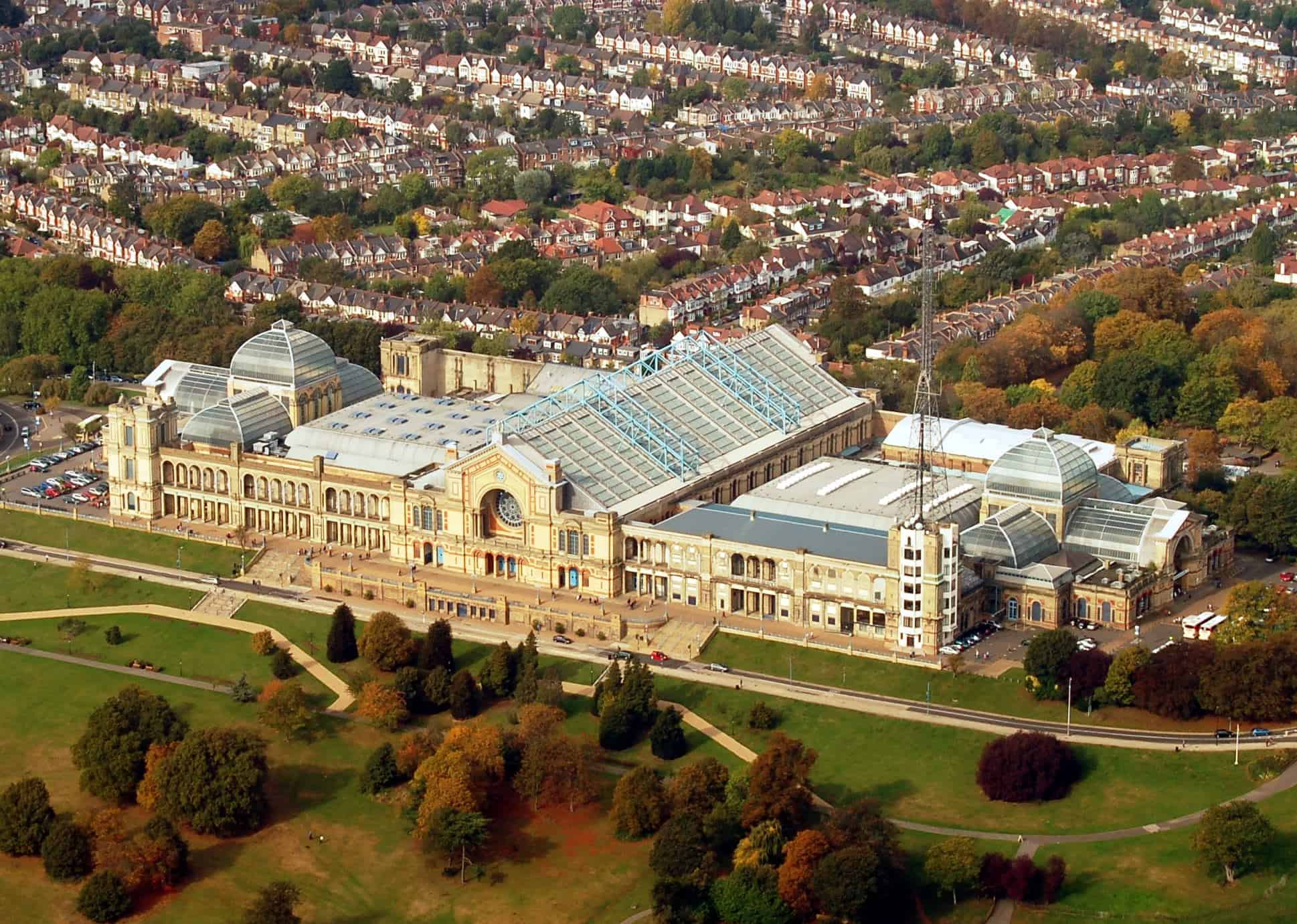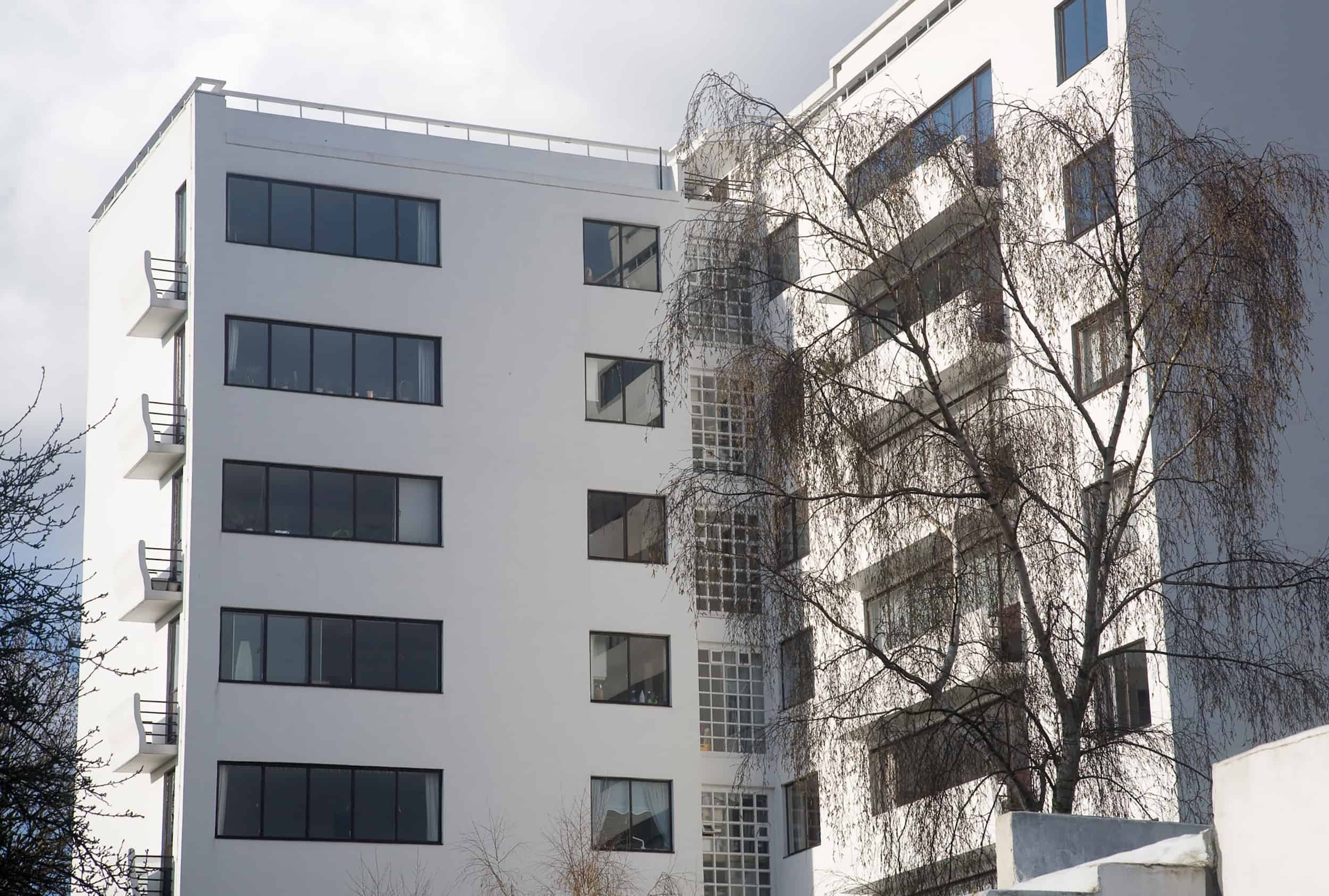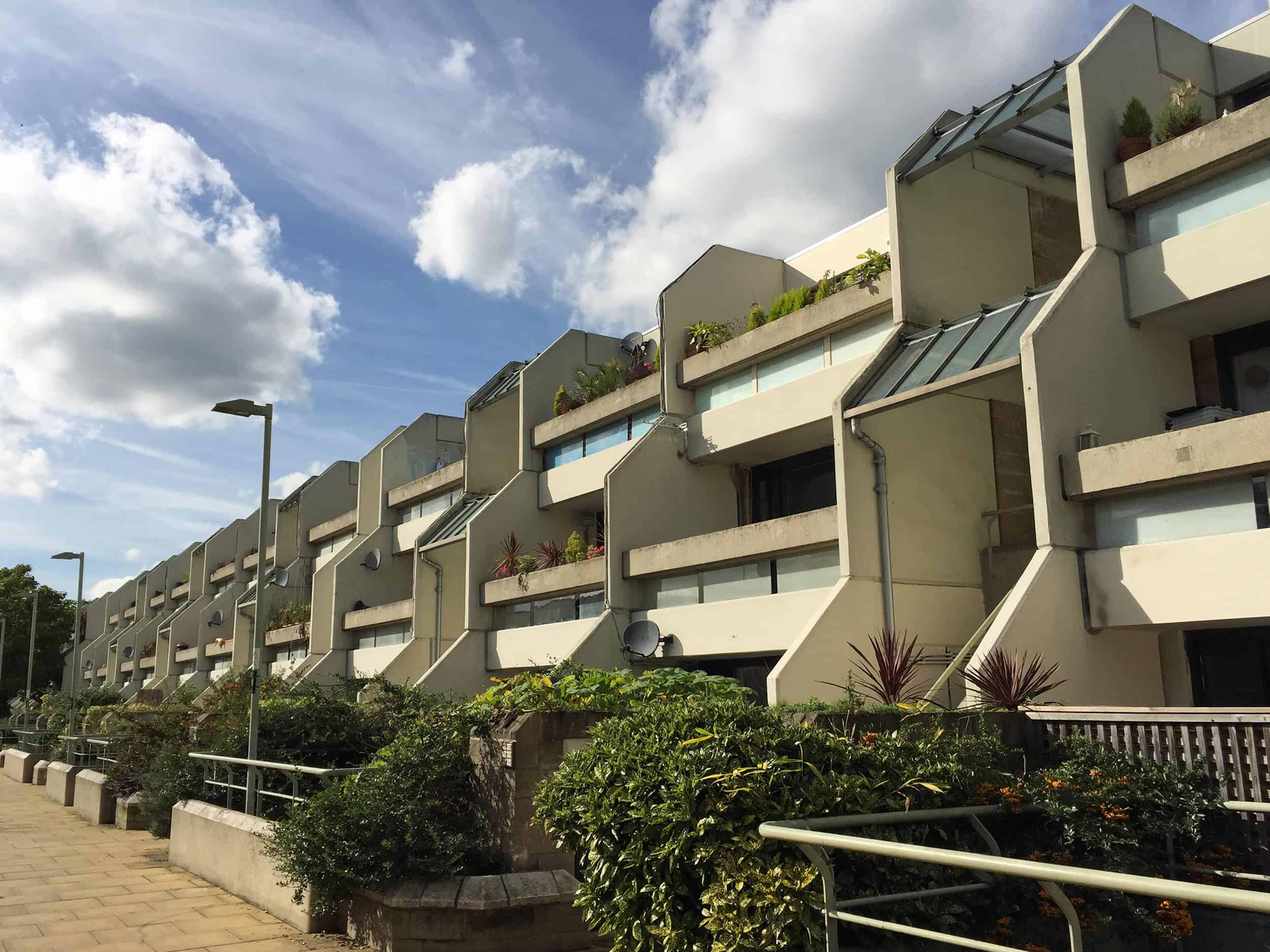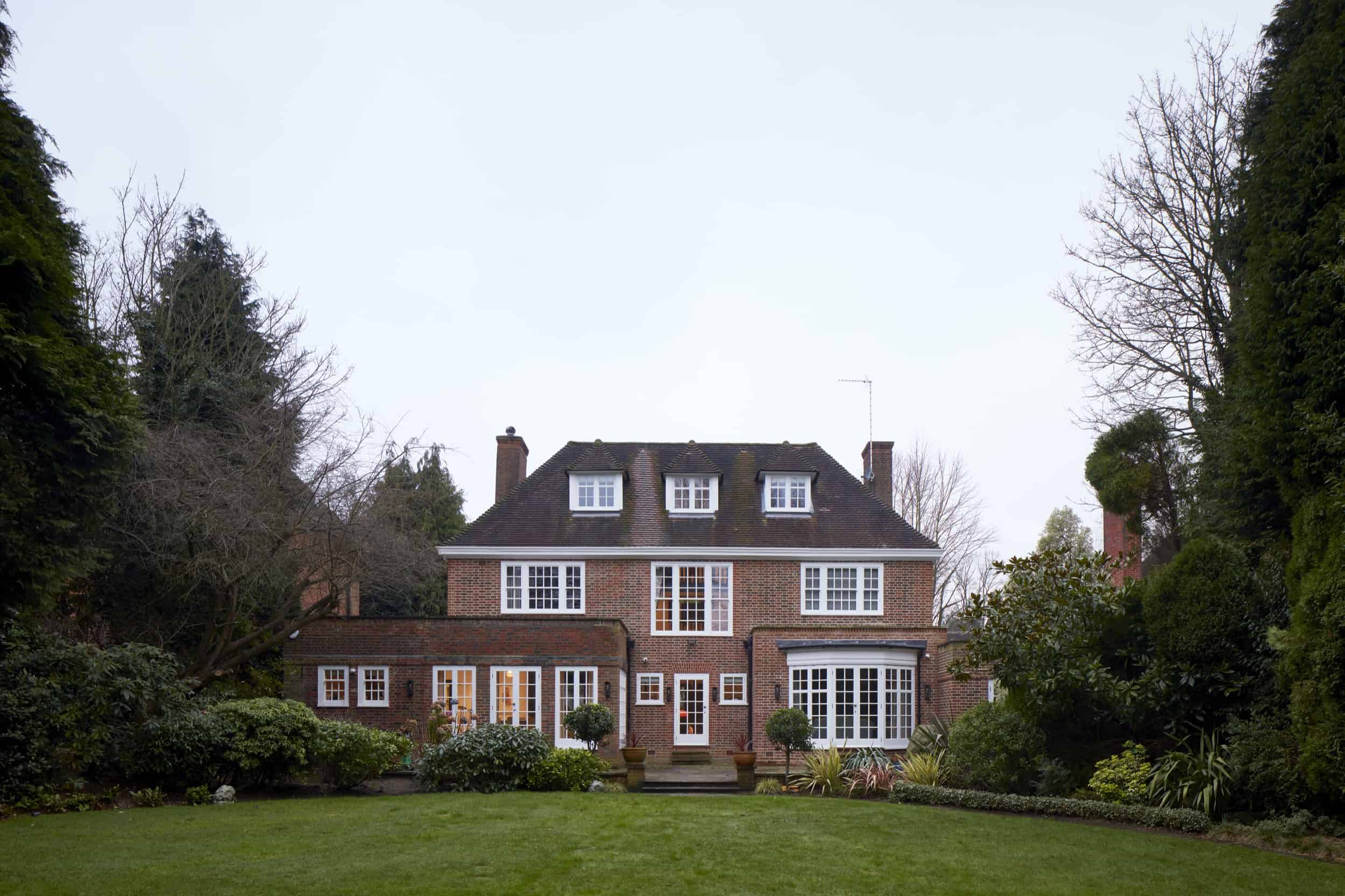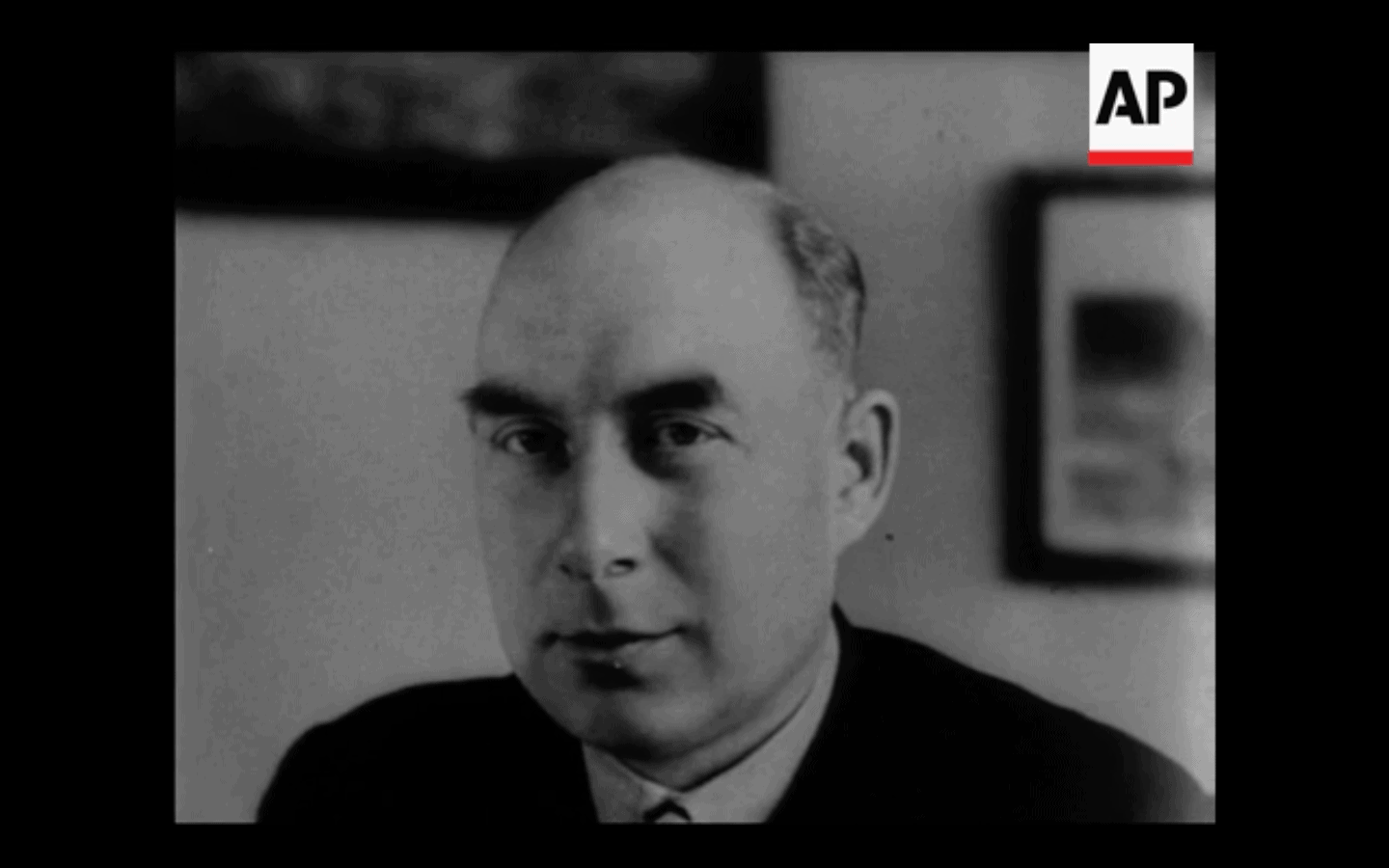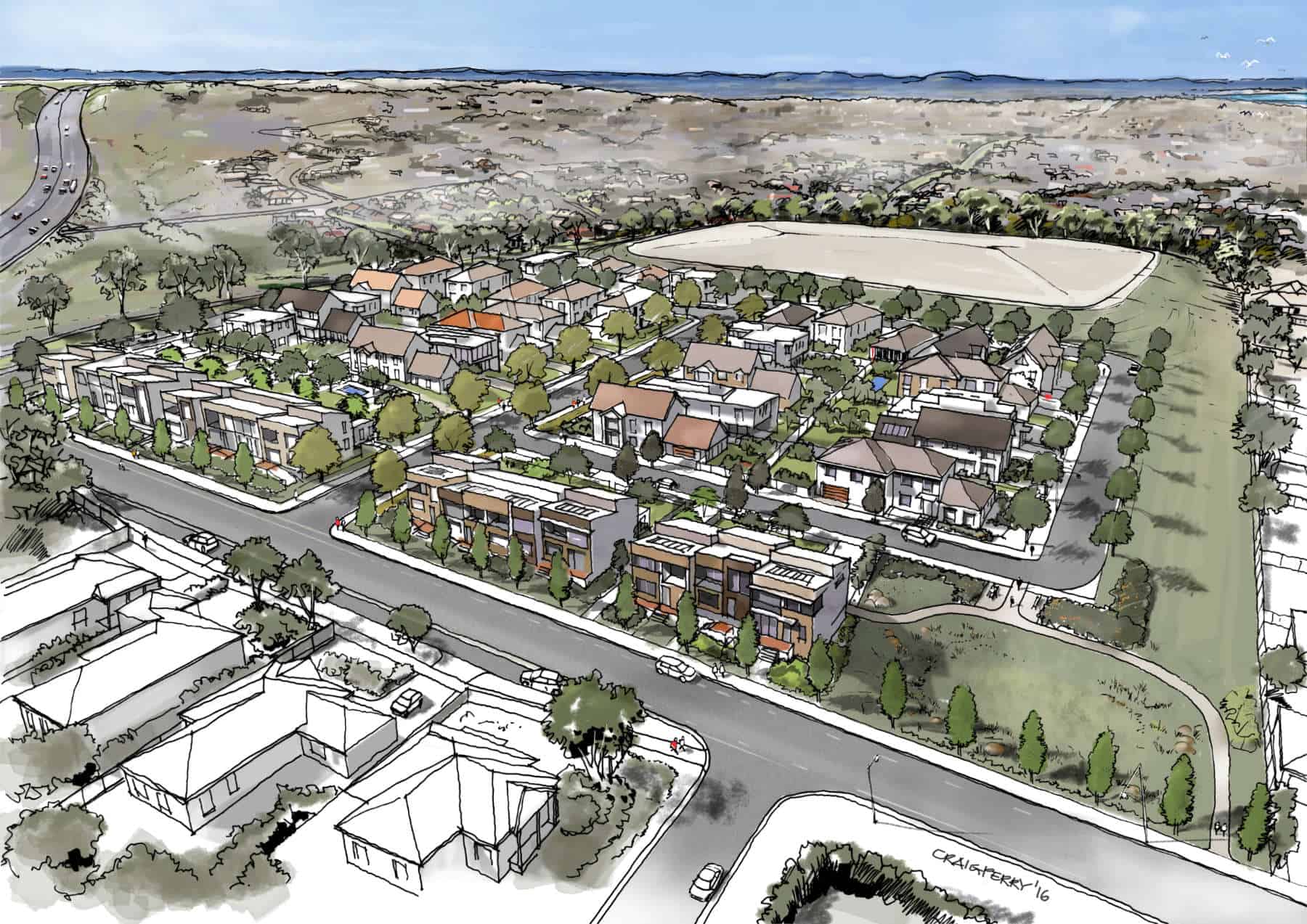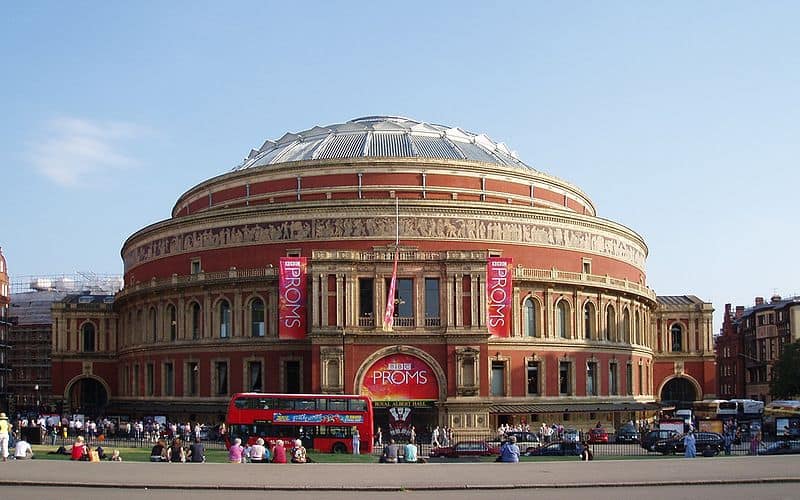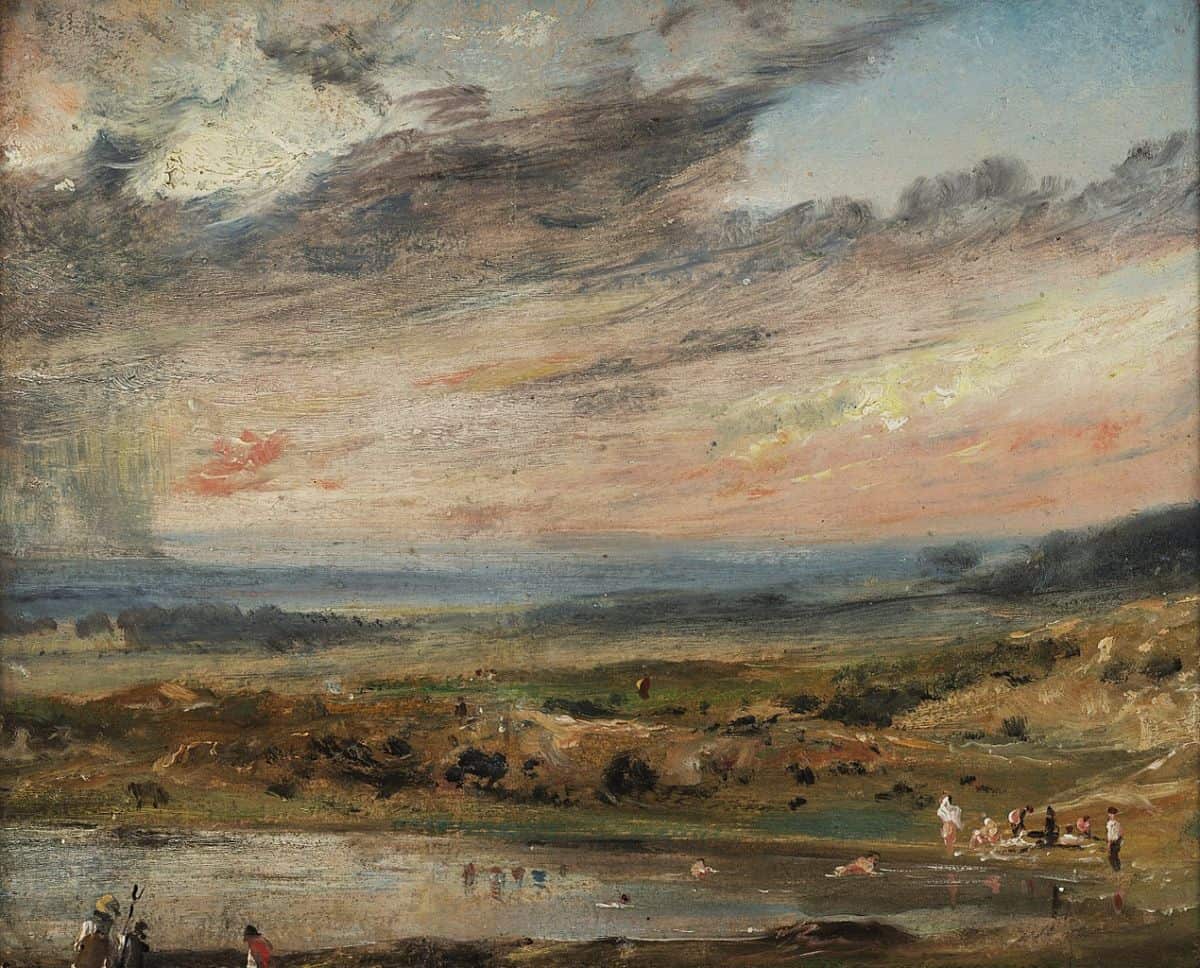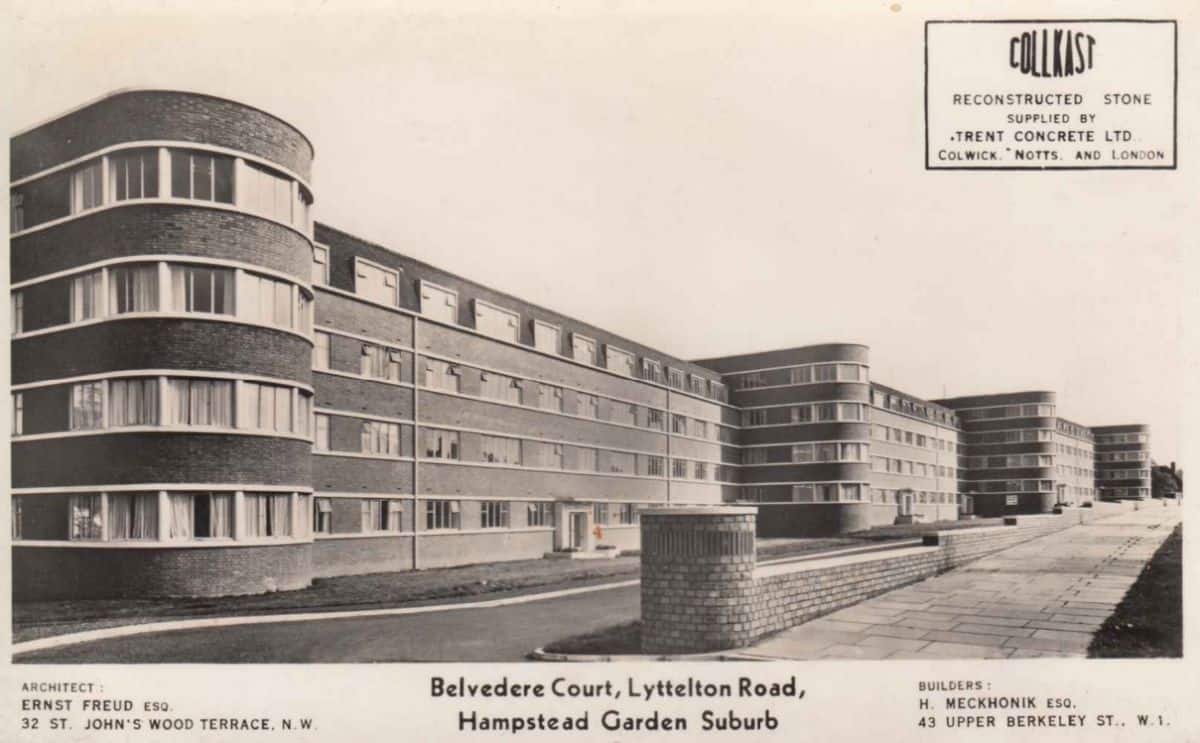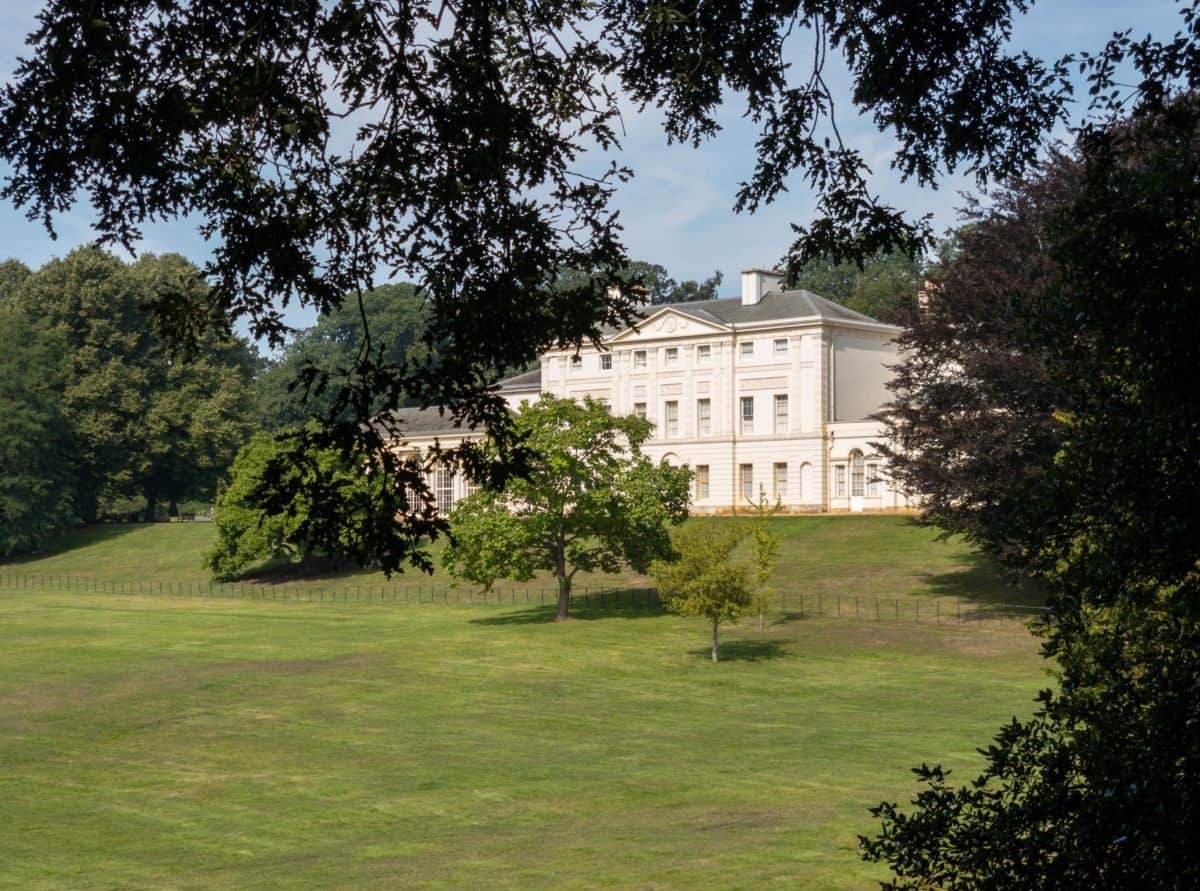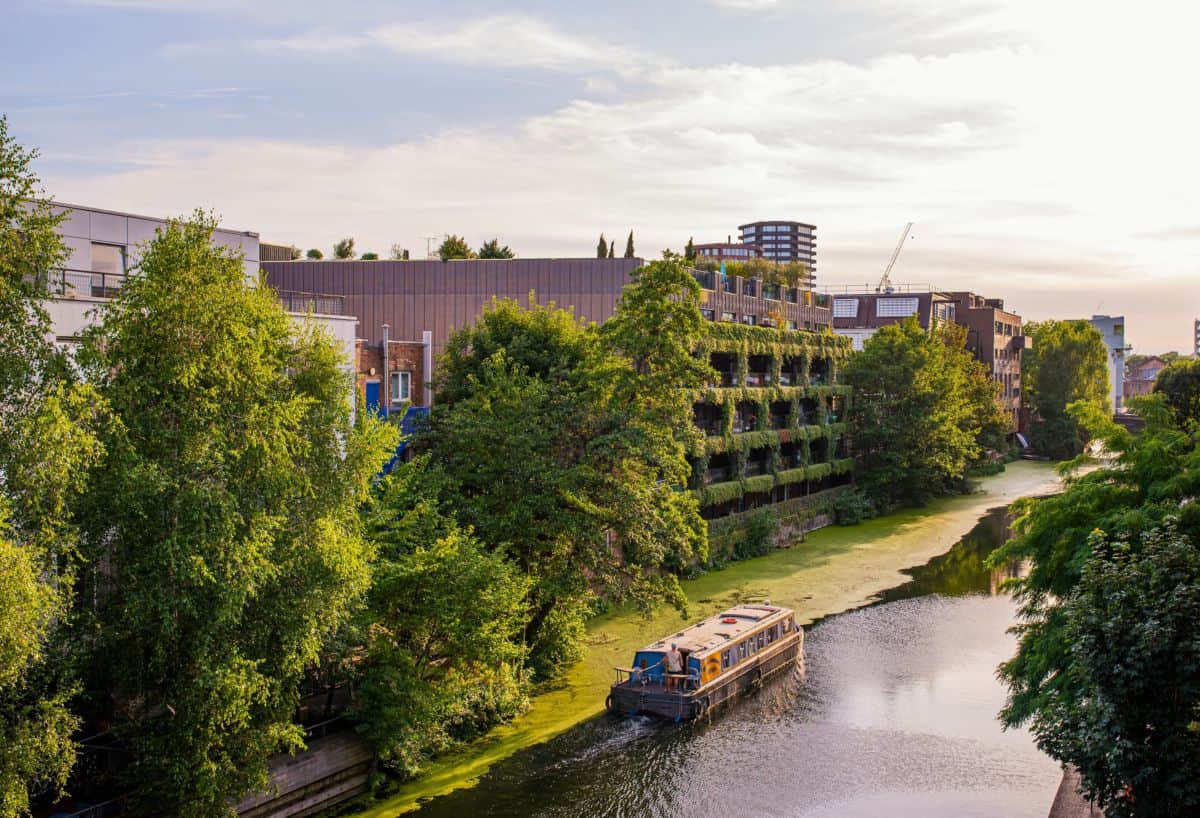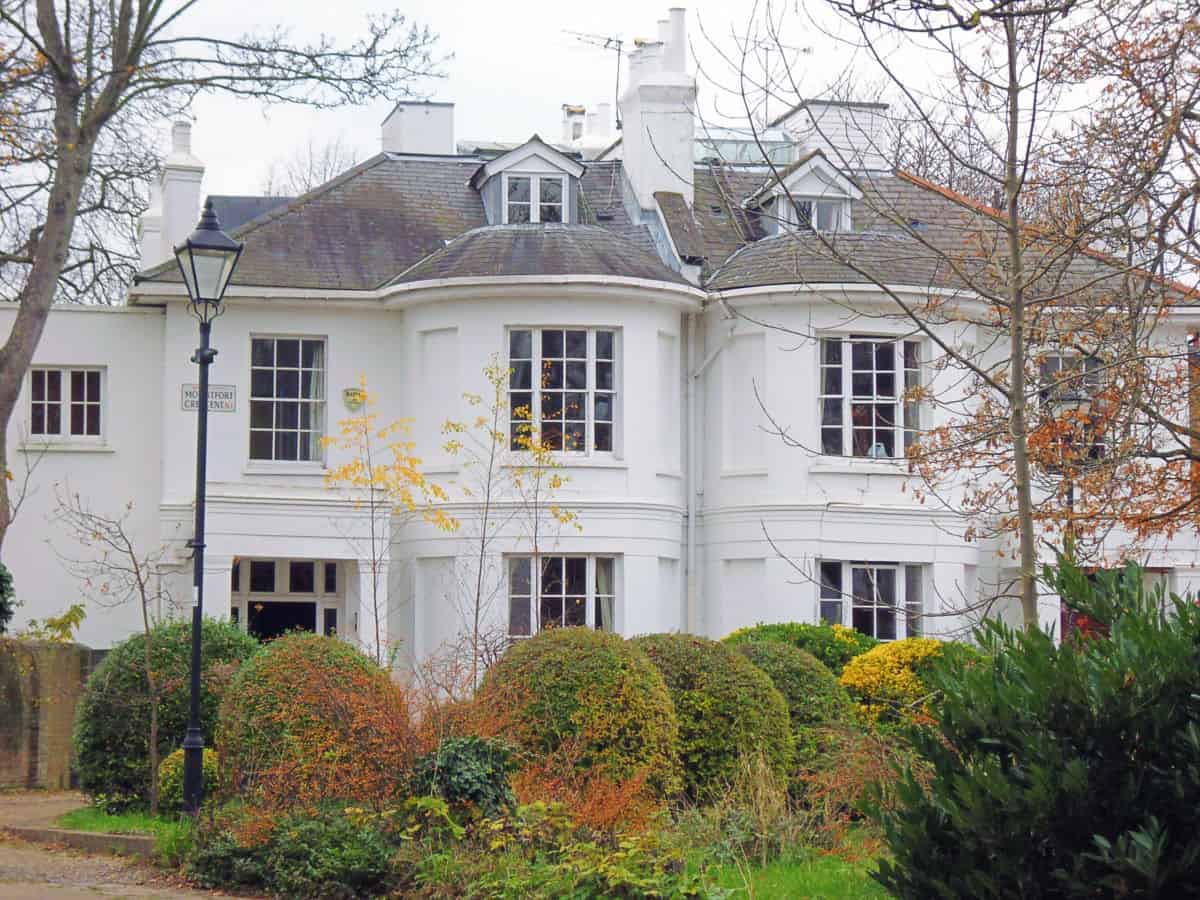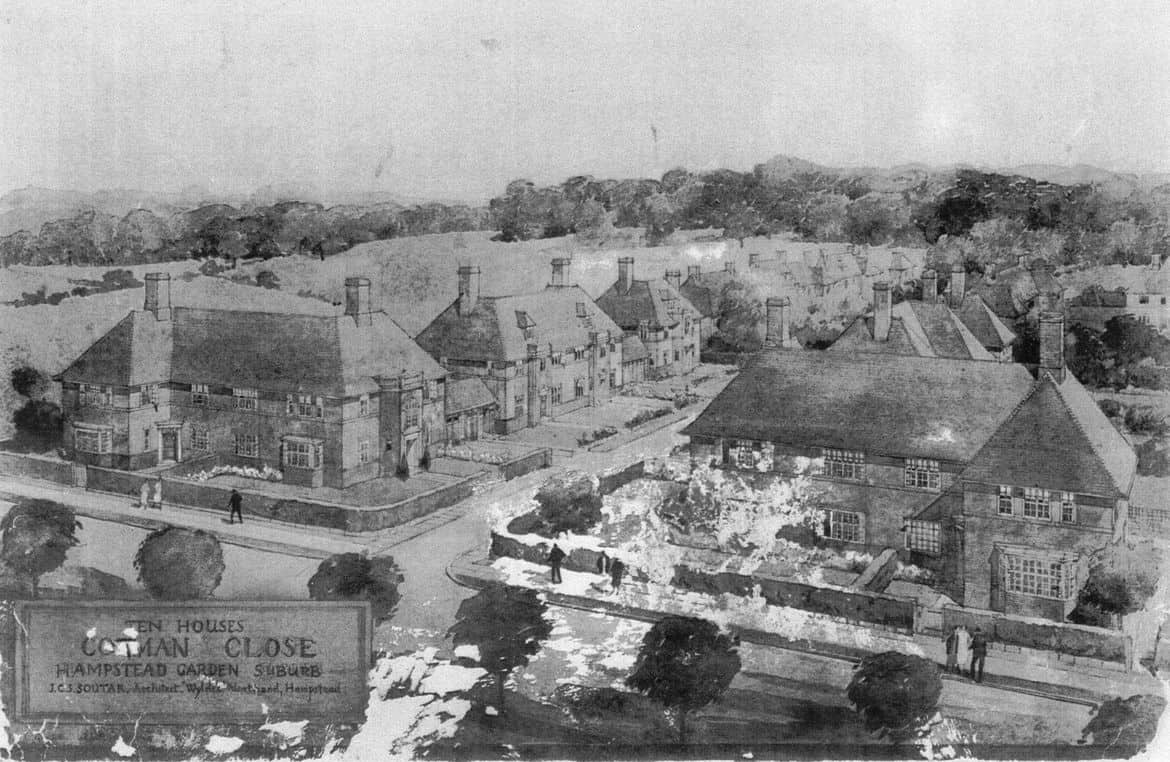The Bishops Avenue, London’s Hunting Park
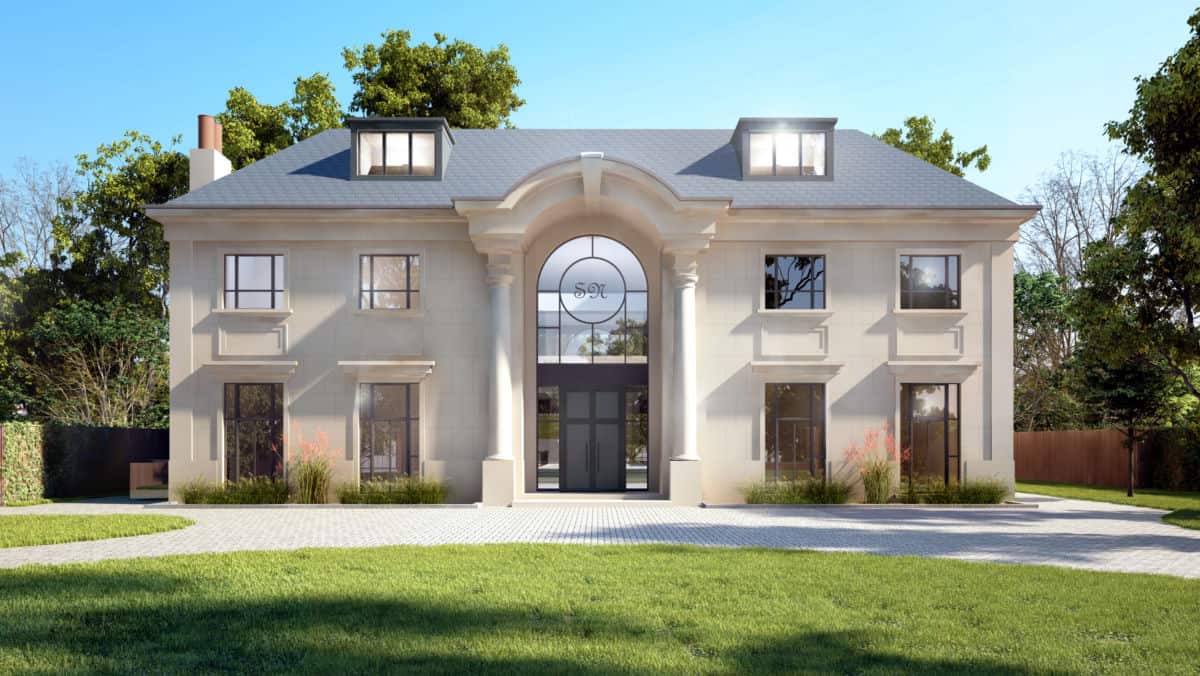
One of the wealthiest streets in London, let alone the world, The Bishops Avenue and its cul-de-sacs, is home to approximately 110 properties. Yet this wasn’t always the case. Before 1887, it had at one point been part of the Bishop of London’s hunting park. The Bishop of London was also known as the Lord of the Manor of Finchley and commanded a great deal of respect and power in the city. This was until 1868, when all episcopal land was transferred to the Ecclesiastical Commissioners, opening up the area for commercialisation in 1887.
History of The Bishops Avenue
As a hunting park for the Bishop of London, The Bishops Avenue was named after the owner in 1887. The wood also had an eponymous name, Bishop’s Wood, and cut through the forest to the south and across farmland to the north. This meant that the hunting ground had a form described as “pleasingly meandering” by some.
Early development
Although the land was purchased in 1887 and was initially planned to be commercialised for luxury, high-end properties, the building work didn’t start until seven years later in 1894. This was mainly down to leasing issues. Most leases were ninety-nine years in length; however, some were offered (rarely) as nine-hundred-and-ninety-nine year leases.
Even though the urbanisation around East Finchley station had already begun before 1894, with many people moving from central London to the suburbs, work became delayed and is now known as the “First Phase.”
The First Phase
During the first phase, a collection of leases were awarded to rich businessmen and entrepreneurs, such as George Sainsbury and Christian Carl Lorensen (1898). By the turn of the 20th-century, a total of twelve properties with big grounds already existed. Development continued at a pace, and six years later, in 1912, The Ordnance Survey map highlighted more houses. These included:
-
- Hampstead Garden Suburb Trust houses (north of Deansway)
- The convalescent home at East Finchley
- East Weald
- Bishop’s Mead
- Baron’s Court
- Kenmore
- Dane Court
- Unnamed houses situated to the west
World War I & The Second Phase
After the beginning of World War I, the ordnance survey was interrupted, as was the development of the area. It wasn’t until the mid to late 1920s that more plots were constructed in the area. First came Deansway that was built in 1928, followed by Lyttelton Road and Aylmer Road in 1931-2, and Bancroft Avenue followed in 1933.
At the southern end of The Bishops Avenue, the plots were divided into Eaglecliff, Chelwood and Heath Lodge. There were many more in the centre, from Wyldewood, Oak Lodge and Kenstead Hall to Gable Lodge, Stratheden, and the original Wacousta and the Towers.
The northern end was the most sparsely populated as the Hampstead Garden Suburb Trust had only constructed a couple of properties that were small in stature and much less opulent than the surrounding buildings. Still, the plots owned and operated by the Trust have become known as the most well-designed as they showcase what’s believed to be true architectural skill.
In comparison, other plots were showy and played up to the stereotype of the region as the Hollywood of the UK, largely due to the opulent mansions built for actresses like Gracie Fields. This is what dubbed it ‘Millionaire’s Row’.
Phases Three & Four
Not much changed from the 1930s onwards, mainly due to the start of World War II in 1939. The exotic yet uniform detail, scale and massing of the area remained even when Canons Close houses and similar developments appeared in the mid-1960s.
By this time, The Bishops Avenue fame and notoriety had grown to the point where more and more wealthy families wanted a Hampstead postcode as their own. The number of properties skyrocketed, forcing the area to accommodate more contemporary architecture, which was a little less stately and elegant.
The Fourth Phase in the 1980s eased the problem somewhat after pressure to demolish some of the buildings increased. The council bowed to pressure, and smaller houses were taken down and replaced by much larger properties.
The stigma of The Bishops Avenue
With rich and famous residents, Millionaire’s Row soon became the butt of the country’s jokes, especially after the dawn of satire in the late Fifties and early Sixties. The snobbery of the owners and their flashy-yet-poor taste was teased on variety shows for all to see on live TV.
Even worse for the people of The Bishops Avenue was the fact that thieves began to target it. Burglars, knowing that The Bishops Avenue was a goldmine of money and assets, began to break into houses and clear everything of value. This led to the region landing the moniker of “Burglars’ Avenue.”
From the outset, rich people from around the world invested in The Bishops Avenue real estate, with Middle Eastern royal families leading the charge, closely followed by African and Russian billionaires in more recent times. As a result, it is still widely considered one of the wealthiest and most exclusive places to live in the UK.
The Bishops Avenue today
There has been plenty of construction work since The Bishops Avenue was conceived. Even so, the region maintains some of its old charm that was familiar from decades previously. This is mainly down to the designation of the area as a Hampstead Garden Suburb Conservation Area, as of 1968.
As a result of one of the first conservation plots in the whole of the UK, The Bishops Avenue continues to preserve its rich history of natural beauty, a feature that attracted so many wealthy benefactors in the early days.
Of course, the architecture of Hepworth, Smith and Brewer, Sutcliffe and Soutar is not quite as prevalent any longer as the rich owners of properties on The Bishops Avenue begin to incorporate their own spin on design. The vernacular revival and Arts and Crafts style have largely been replaced with lavish mansions of differing styles. The Bishops Avenue buildings of today, quite understandably, also place a huge emphasis on privacy and security, with many incorporating screens.
Yet we believe part of The Bishops Avenue charm is the history of Millionaire’s Row and the special character it brings to the area.


